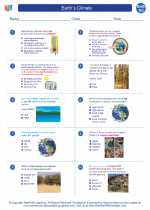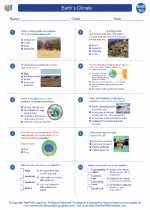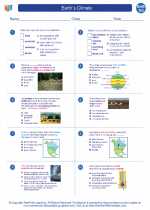Temperate Forest
A temperate forest is a biome found in the eastern United States, Canada, Europe, China, Japan, and parts of Russia. It is characterized by distinct seasons and a moderate climate, with both deciduous and coniferous trees.
Climate
The temperate forest biome experiences four distinct seasons - spring, summer, fall, and winter. The average annual temperature ranges from 10 to 15°C (50 to 59°F). Precipitation is moderate, with an average of 750 to 1,500 mm (30 to 60 inches) per year.
Flora
Temperate forests are home to a variety of plant species, including deciduous trees such as oak, maple, beech, and hickory, as well as coniferous trees like pine, spruce, and fir. Understory plants include ferns, mosses, and wildflowers.
Fauna
Animals found in the temperate forest biome include deer, bears, wolves, foxes, squirrels, rabbits, and a variety of bird species. Insects and amphibians are also abundant in this biome.
Soil
The soil in temperate forests is typically fertile and well-drained, supporting the growth of diverse plant life. It is often a mix of organic matter, minerals, and microorganisms.
Study Guide
- What are the characteristics of a temperate forest biome?
- Describe the climate of temperate forests and how it influences the flora and fauna.
- List some common plant species found in temperate forests.
- Identify at least three animal species that inhabit the temperate forest biome.
- Explain the importance of soil in supporting the diverse plant life of temperate forests.
By studying this guide, you will gain a comprehensive understanding of the temperate forest biome, including its climate, flora, fauna, and soil characteristics.
[Temperate Forest] Related Worksheets and Study Guides:
.◂Earth Science Worksheets and Study Guides High School. Earth`s Climate

 Worksheet/Answer key
Worksheet/Answer key
 Worksheet/Answer key
Worksheet/Answer key
 Vocabulary/Answer key
Vocabulary/Answer key
 Vocabulary/Answer key
Vocabulary/Answer key
 Vocabulary/Answer key
Vocabulary/Answer key
